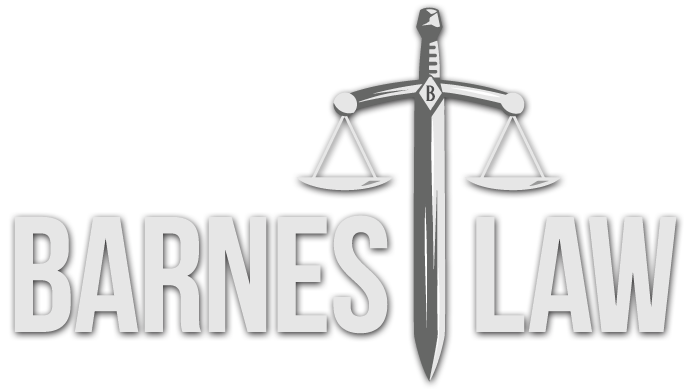Not All Trusts Are Created Equal: Living Trusts and Asset Protection
Asset protection planning is generally based on two premises: 1) creditors can generally reach any asset owned by a debtor[1]; and 2) creditors cannot reach those assets that the debtor does not own[2], or assets that are exempt from claims of creditors under state law[3]. Trusts are commonly used to remove debtors from legal title to their assets, while allowing debtors to directly or indirectly retain control over the transferred assets. A trust is a legal agreement between the trustor and the trustee, wherein the trustor or grantor transfers legal title of assets to the trustee, and the trustee holds legal title for the benefit of trust beneficiaries.[4]
Therefore, all trusts must be the same right? Wrong. One of the most common mistakes people make in asset protection planning is assuming that trusts they may have set up for estate planning purposes, like to avoid probate upon death, are sufficient tools to protect their assets from creditors. In the world of asset protection planning, not all trusts are created equal.
A living trust (or revocable inter-vivos trust) is a frequently used estate planning tool, but has little relevance in asset protection planning. This is due to two factors either of which violate the third principle rule in asset protection planning—too much control is no protection at all—and result in the ability for the assets to be reached by creditors
First, to the extent a trustor retains the power to revoke a trust; the trustor’s creditors can reach the assets of the trust.[5]
Second, if the trustor of a trust is also a beneficiary of a trust, then the assets that the trustor
has retained a benefit in will not be protected by a trust’s spendthrift clause[6] (although assets in which the trustor does not retain a benefit are still protected).[7]
This is known as a prohibition against “self-settled” trusts. The trustor does not need to be either the sole trustor or sole beneficiary of the trust. As long as the trustor is a beneficiary of the trust to any extent, to that extent the trust will be deemed self-settled.
Living Trusts are created by the trustor, funded by the trustor’s assets, where the trustor acts as trustee during their lifetime, and where the trustor is the primary (if not sole) beneficiary. As trustee, the trustor has full power at all times over the assets of the trust and can terminate or revoke the trust by transferring all the assets back into their individual name. As primary, if not sole beneficiary, the trustor enjoys the full equitable benefit of the assets, such as the right to receive income derived therefrom, during his or her lifetime.
When a debtor is the sole beneficiary and the sole trustee of a trust, the trust’s protective benefits are lost because the trust is deemed terminated and the beneficiary holds trust assets free of trust. [8] The debtor holds all the equitable interests in the trust in his capacity as the beneficiary, and all the legal interests in his capacity as the trustee. When the equitable and legal interests are vested in one person, there is no longer a trust relationship and that person can fully dispose of the property as any other person would.
The lessons learned by the law on living trusts and “self-settled” trusts are quite clear—almost every trust drafted with asset protection planning in mind should be irrevocable and given the complexities and overlap between the restrictions of probate and civil procedure codes, drafting should only be done by an attorney with experience in the nuances of asset protection planning.
—By Doug M. Hanchar, Esq., Barnes Law
Doug M. Hanchar is an associate attorney with Barnes Law, licensed to practice law in California.
The opinions expressed are those of the author and do not necessarily reflect the views of the firm, its clients, or any of its or their respective affiliates. This article is for general information purposes and is not intended to be and should not be taken as legal advice.
[1] Cal. Civ. Pro. § 695.010(a)
[2] Id.
[3] Cal. Civ. Pro. §§ 704.010-704.210
[4] Cal. Prob. Code § 15200
[5] Cal. Prob. Code § 18200.
[6] Cal. Prob. Code § 15304(a).
[7] Cal. Civ. Pro. § 695.030(a) and Cal. Prob. Code §§ 15300 and 15301(a).
[8] Hill v. Conover (1961) 191 Cal.App.2d 171, 180; Ammco Ornamental Iron, Inc. v. Wing (1994) 26
Cal.App.4th 409, 417
